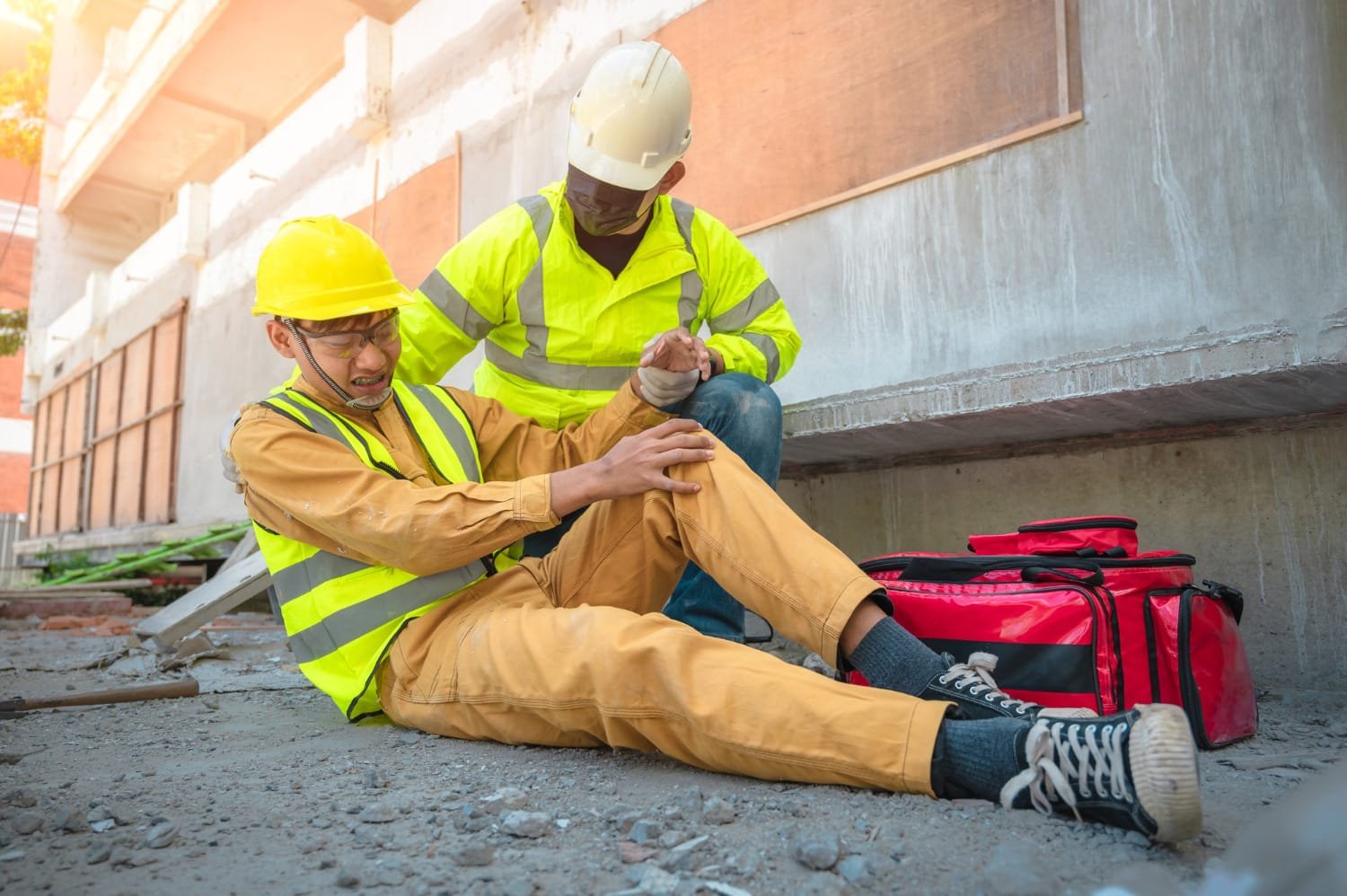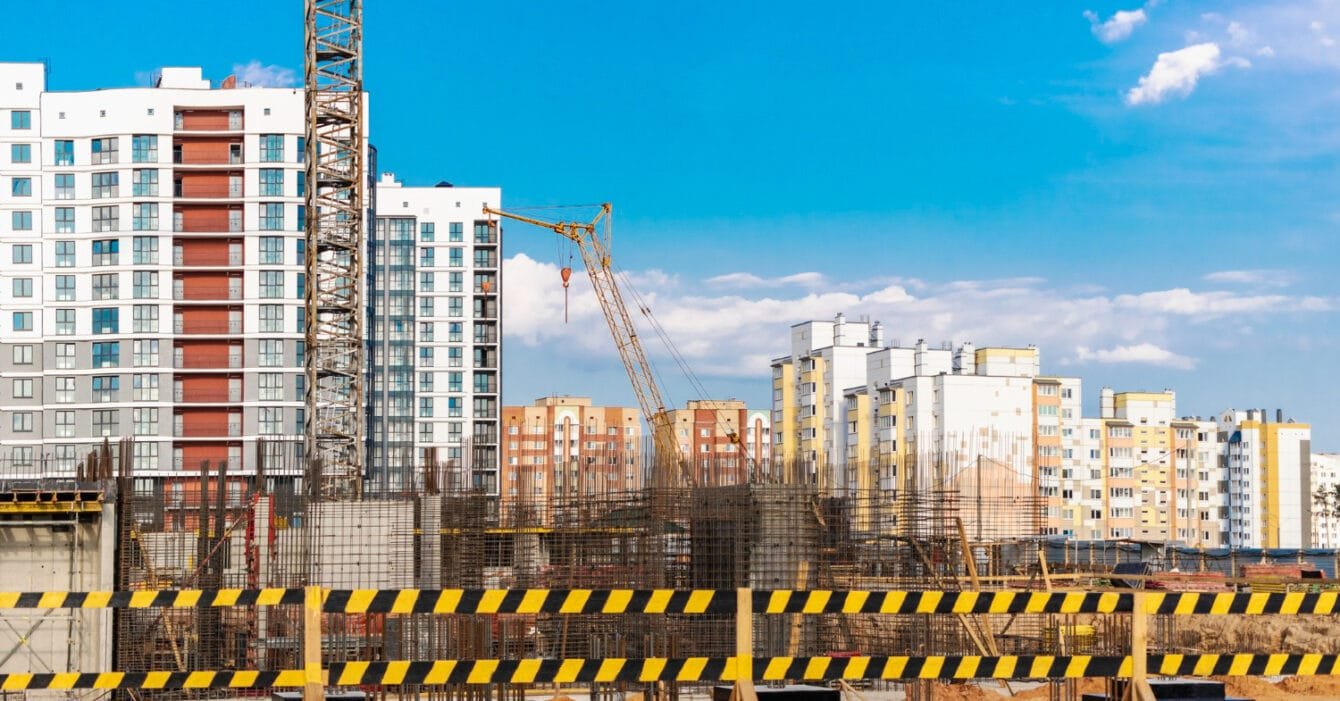Thailand’s construction industry has long been a critical part of its economy. However, the sector also faces significant challenges with worker safety. Falls from heights and material collapses remain the leading causes of injuries and fatalities. Recent regulatory updates and improved practices aim to change this narrative, ensuring safer sites and more efficient projects. Let’s take a look at how the country is improving Thailand Construction Safety Standards below!
The Role of Regulatory Reforms: Thailand Construction Safety Standards
In 2011, Thailand introduced the Occupational Safety, Health, and Environmental Act (OSHA). This landmark regulation required construction sites to have safety officers, marking a pivotal step toward reducing workplace accidents. When enforced effectively, OSHA has been linked to a significant decline in construction-related injuries.
More recently, the Ministry of Interior updated safety regulations, emphasizing stricter standards for fire-resistant materials and load-bearing capacities. These measures align with international best practices, ensuring that buildings are safer for both workers and occupants.
Training: A Key to Safer Worksites

Training programs play a vital role in preventing accidents. Research shows that construction projects incorporating comprehensive safety training can achieve a 30% reduction in incidents. These programs teach workers to identify hazards, use equipment properly, and respond effectively to emergencies.
Thailand’s construction industry has started prioritizing such initiatives. By improving awareness and skills, these programs not only protect workers but also enhance overall project efficiency.
Read Also: Shortage in Skilled Labor in Thailand: Can Training Help?
Thailand Construction Safety Standards Driving Change
A study of 70 construction projects revealed that proactive measures like jobsite inspections and accident investigations significantly improve safety outcomes. Sites that regularly conduct these practices report fewer injuries and better compliance with safety regulations.
Additionally, safety management models are gaining traction in Thailand. These models promote a culture of safety, encouraging workers and managers to prioritize compliance and adopt preventive measures.
Thailand Construction Safety Standards: Balancing Safety and Efficiency
Improved safety standards do more than protect workers—they also enhance project efficiency. Accidents can cause delays, increase costs, and damage a company’s reputation. By reducing incidents, construction firms can complete projects on time and within budget.
Read Also: New Construction Safety Thailand for Safer Construction Sites
Public-private partnerships also play a critical role in supporting these improvements. Collaborative efforts between government agencies and private companies ensure the necessary resources and expertise to implement effective safety programs.
Read Also: Public-Private Partnerships Thailand for Infrastructure Growth
Challenges and Opportunities
Despite progress, challenges remain. Regulatory enforcement can be inconsistent, and some construction firms struggle with the costs of compliance. Addressing these issues requires stronger oversight and incentives for companies to adopt safety measures.
Thailand also faces the need for greater awareness among smaller contractors, who may lack access to training and resources. Expanding outreach programs and providing subsidies for safety equipment can help bridge this gap.
The Path Ahead for Thailand Construction Safety Standards
With the evolving Thailand Construction Safety Standards, the changes are reflecting a growing commitment to protecting workers and improving industry practices. By enforcing regulations, enhancing training, and adopting proactive safety measures, the industry is building a safer and more efficient future. As these efforts continue, Thailand’s construction sector can serve as a model for balancing safety with productivity. Safer sites mean better outcomes—not just for workers, but for the industry and the nation as a whole.

